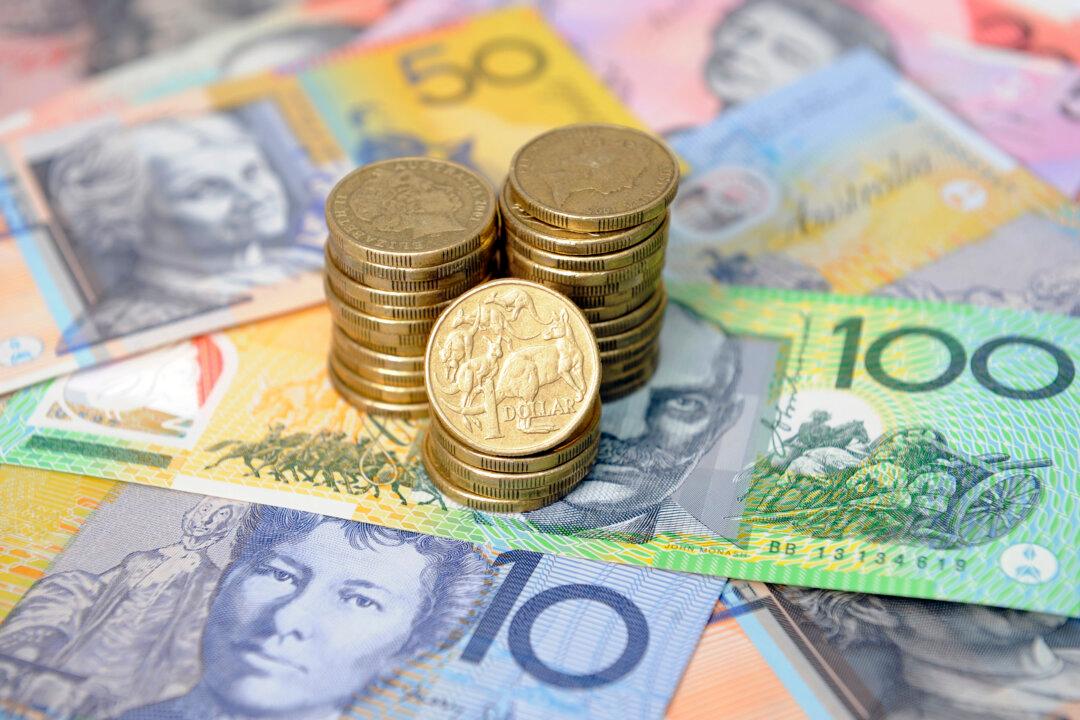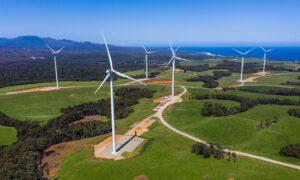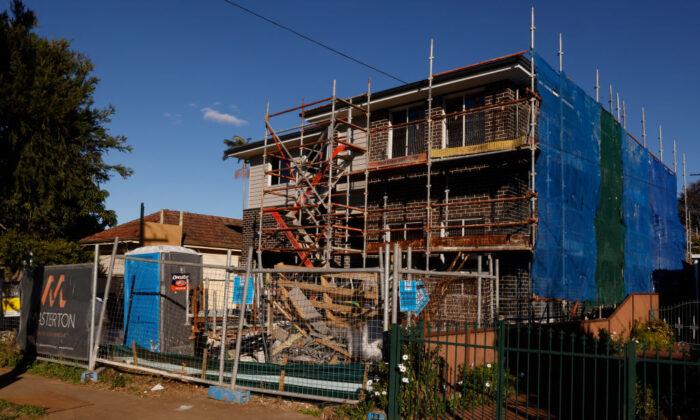The Albanese government has issued its $7 billion (US$4.6 billion) inaugural green bond program. According to the government, this is a major milestone in the country’s sustainable finance market.
The Australian Office of Financial Management (AOFM) said that it issued the inaugural 4.21 percent June 21, 2034, green bond on June 4. The said bond was priced at a yield to maturity of 4.295 percent.
The office also reported that the bond attracted $22.89 billion worth of investments, more than three times the $7 billion transaction size. It received bids from 105 investor institutions across Australia, Asia, Europe, and North America.
“Demand for the bond confirms Australia is a go‑to destination for international green capital,” said Treasurer Jim Chalmers, Climate Change and Energy Minister Chris Bowen, and Environment Minister Tanya Plibersek in a joint statement.
“The green bond gives investors from around the world the opportunity to back government supported projects in Australia which are crucial to climate change mitigation, climate change adaptation and improved environmental outcomes.”
The three ministers said that the green bond issuance will provide investors around the world the opportunity to support government projects that will help Australia achieve its net-zero targets under the Future Made in Australia program.
The bond will support projects that are expected to deliver significant environmental advantages such as reducing greenhouse gas emissions, boosting Australia’s renewable energy output, and strengthening the country’s biodiversity conservation, restoration, and adaptation.
The AOFM supported this claim when they stated that the issuance of the sovereign green bonds will boost the country’s position in the green capital market.
In its Green Economy Prospectus, the Australian Trade and Investment Commission (ATIC) said that it seeks to transform the Australian economy through its $15 billion National Reconstruction Fund, $10 billion dollar investments in green energy, and $4 billion investments in critical minerals capacity and infrastructure.
“Demand for the bond confirms Australia is a go‑to destination for international green capital. This is why encouraging and facilitating more private sector investment into the move to net zero is such a key part of the Albanese Labor government’s Future Made in Australia plan and last month’s budget,” said Mr. Chalmers, Mr. Bowen, and Ms. Plibersek.
Reports from the Spherical Insights also show that the Global Green Market size was valued at US$4.18 trillion in 2023, and is expected to reach US$28.71 trillion in 2033 at a compound Annual Growth Rate (CAGR) of 21.25 percent during the projected period.
In a separate statement, the Pendal Group, a global investment management business, said that it encourages the Australian government to support new green projects, but finds the current project roster under the inaugural bond issuance as acceptable.
“The government has put in a lot of effort to make sure it got its inaugural green bond right. The market has agreed, being nearly three times oversubscribed,” the Pendal Group said.
“We anticipate that there will not be a new green bond for at least a year or two, so we believe it should perform well in the secondary market.”
The AOFM said that bond issue was supported by both domestic and offshore investors with around 35 percent allocated to offshore investors.






